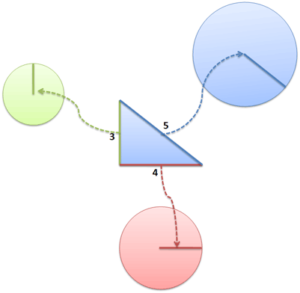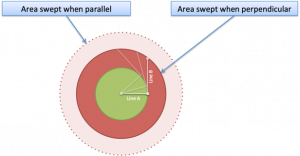Pythagorean Theorem
Colorized Definition

## Read More
- [How To Measure Any Distance With The Pythagorean Theorem](https://betterexplained.com/articles/measure-any-distance-with-the-pythagorean-theorem/)
- [Surprising Uses of the Pythagorean Theorem](https://betterexplained.com/articles/surprising-uses-of-the-pythagorean-theorem/)



